Braised hairtail, or hong shao dai yu in Mandarin, is a dish that has captivated taste buds across generations, transcending regional boundaries and culinary trends. Revered for its tender texture, rich umami flavor, and the comforting aroma that fills kitchens during preparation, this dish embodies the essence of home-cooked Chinese cuisine. Its enduring popularity lies not just in its taste but also in its ability to evoke nostalgia, bridge cultural gaps, and adapt to evolving palates. This article explores the history, preparation, and cultural significance of braised hairtail, offering insights into why it remains a beloved staple on dining tables worldwide.
A Dish Steeped in History and Tradition
The hairtail fish, known scientifically as Trichiurus lepturus, has been a cornerstone of coastal Chinese diets for centuries. Its elongated, silver-scaled body and mild, sweet flesh make it ideal for braising, a cooking technique that originated in ancient China as a way to tenderize tougher cuts of meat and infuse them with layered flavors. Over time, braising evolved into an art form, with chefs and home cooks alike experimenting with sauces, spices, and ingredients to create dishes that balanced savory, sweet, and tangy notes.
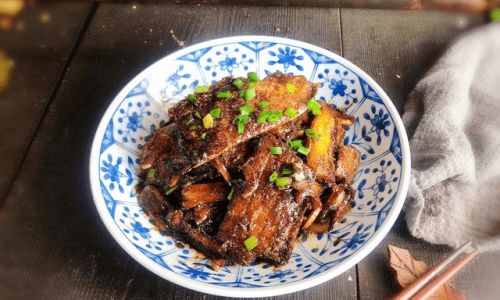
Braised hairtail emerged as a star player in this culinary evolution. Its rise to fame can be traced to coastal provinces like Zhejiang, Fujian, and Guangdong, where fresh hairtail was abundant. Fishermen’s wives, seeking to preserve the catch’s freshness, began braising it with soy sauce, sugar, and aromatic herbs—a method that both enhanced the fish’s natural flavor and extended its shelf life. Today, the dish is celebrated during festivals, family reunions, and everyday meals, symbolizing abundance, prosperity, and the simple joys of sharing food with loved ones.
The Anatomy of Flavor: Ingredients That Make the Magic
At first glance, the ingredients list for braised hairtail seems deceptively simple: fresh hairtail, soy sauce, sugar, vinegar, garlic, ginger, and scallions. Yet, the alchemy of these components transforms ordinary ingredients into a symphony of taste.
-
The Star Ingredient: Hairtail Fish
Selecting the right hairtail is crucial. Freshness is paramount—look for fish with shiny skin, clear eyes, and a mild oceanic scent. Frozen hairtail can work, but thawing it properly (preferably in the refrigerator) prevents moisture loss, ensuring a tender texture. -
The Braising Liquid
- Soy Sauce: Provides the dish’s signature salty-savory backbone. Light soy sauce adds color and depth, while dark soy sauce contributes a rich, caramelized hue.
- Sugar: Balances the soy sauce’s saltiness with a subtle sweetness. Brown sugar or rock sugar is often preferred for its molasses-like complexity.
- Vinegar: A splash of Chinese black vinegar or rice vinegar brightens the dish, cutting through the richness and adding a tangy kick.
- Aromatics: Garlic, ginger, and scallions form the flavor base, releasing their fragrance when sautéed in oil.
-
Optional Enhancements
Some recipes call for star anise, dried chili peppers, or a splash of Shaoxing wine to elevate the dish’s complexity. These additions vary by region, reflecting local tastes and traditions.
The Cooking Process: Precision Meets Passion
Mastering braised hairtail requires attention to detail and a respect for tradition. Here’s a step-by-step breakdown of the process:
-
Preparing the Fish
- Clean the hairtail thoroughly, removing the intestines and gills. Some cooks leave the scales on for added texture, while others prefer to scrub them off.
- Cut the fish into 2-3 inch segments, making diagonal slits on the skin to allow flavors to penetrate.
- Pat the fish dry with paper towels to prevent splattering during frying.
-
Searing the Fish
Heat oil in a wok over medium-high heat. Add the fish pieces and sear until golden brown on both sides. This step seals in the juices and creates a caramelized crust.
-
Crafting the Sauce
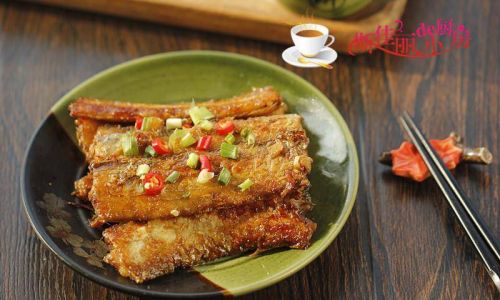
- In the same wok, add a touch more oil and sauté minced garlic, ginger, and scallion whites until fragrant.
- Stir in soy sauce, sugar, vinegar, and water (or stock) to form the braising liquid. Adjust the ratios to taste—some prefer a sweeter profile, while others lean into tanginess.
-
Braising to Perfection
- Return the seared fish to the wok, ensuring it’s submerged in the sauce. Bring the liquid to a simmer, then reduce the heat to low.
- Cover and braise for 15-20 minutes, gently spooning the sauce over the fish occasionally. This slow cooking mellows the flavors and tenderizes the flesh.
-
Finishing Touches
- Uncover the wok and increase the heat to reduce the sauce until it thickens into a glossy glaze.
- Garnish with sliced scallion greens and a sprinkle of white pepper.
The Art of Balance: Flavors and Textures
Braised hairtail’s appeal lies in its harmonious interplay of flavors and textures. The fish’s delicate flesh absorbs the braising liquid, becoming infused with a savory-sweet essence that lingers on the palate. The caramelized edges from searing offer a satisfying contrast to the tender interior, while the reduced sauce coats each bite in umami-rich goodness.
The dish’s versatility also shines in its pairings. Served over steamed rice, it becomes a comforting one-bowl meal. Paired with crisp vegetables like bok choy or stir-fried greens, it strikes a balance between richness and freshness. In colder months, a hearty bowl of braised hairtail stew, simmered with tofu and mushrooms, warms the soul.
Regional Variations: A Tapestry of Tastes
While the core recipe remains consistent, regional adaptations highlight China’s culinary diversity:
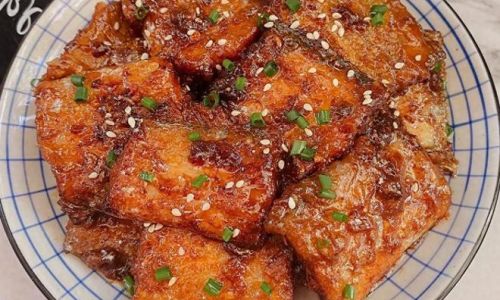
- Shanghai-Style: Emphasizes sweetness, with generous use of rock sugar and a thicker, glossier sauce.
- Sichuan-Style: Incorporates fiery dried chilies and Sichuan peppercorns for a numbing, spicy kick.
- Guangdong-Style: Prioritizes the fish’s natural flavor, using a lighter soy sauce and minimal spices.
- Taiwanese-Style: Adds fermented black beans or pickled mustard greens for a tangy twist.
These variations reflect local ingredients and preferences, proving that braised hairtail is not a static dish but a canvas for culinary creativity.
Beyond the Plate: Cultural Symbolism and Modern Adaptations
In Chinese culture, fish symbolizes abundance and prosperity, making braised hairtail a fixture at Lunar New Year feasts and weddings. The phrase “nian nian you yu” (年年有余), meaning “may there be surpluses every year,” is often invoked during such celebrations, with the fish’s presence ensuring good fortune.
Modern chefs have embraced the dish’s timeless appeal, reinterpreting it for contemporary audiences. Fusion versions might swap traditional soy sauce for tamari or coconut aminos, or substitute hairtail with sustainable alternatives like mackerel or cod. Vegan adaptations use tofu or eggplant, mimicking the fish’s texture with marinades and cooking techniques.
Health and Nutrition: A Guilt-Free Indulgence
Despite its rich flavor, braised hairtail is surprisingly nutritious. Hairtail is a lean source of protein, omega-3 fatty acids, and vitamins B12 and D. The braising method, which uses minimal oil compared to deep-frying, retains these nutrients while adding minimal calories. However, moderation is key due to the dish’s sodium content from soy sauce.
Tips for Perfecting Braised Hairtail at Home
- Marinate for Depth: Briefly marinate the fish in a mixture of soy sauce, rice wine, and cornstarch before searing to enhance flavor and texture.
- Control the Heat: Maintain a gentle simmer during braising to prevent the fish from falling apart.
- Adjust to Taste: Taste the sauce mid-cooking and tweak the seasoning—add a pinch of sugar for sweetness or a splash of vinegar for brightness.
- Leftovers Reimagined: Flake leftover fish into fried rice or use it as a filling for dumplings.
Conclusion: A Dish That Endures
Braised hairtail is more than a meal—it’s a cultural artifact, a testament to the power of tradition, and a reminder of the joy found in simple, wholesome food. Whether enjoyed in a bustling night market, a family kitchen, or a Michelin-starred restaurant, this dish continues to inspire awe and affection. Its ability to adapt while staying true to its roots ensures that it will remain a cherished part of global culinary heritage for generations to come.
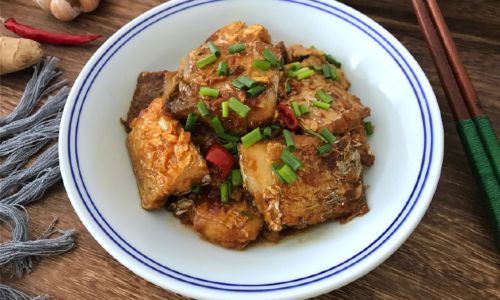
So the next time you savor a piece of braised hairtail, take a moment to appreciate the centuries of craftsmanship, the love poured into each step, and the timeless truth that some flavors truly are 百吃不厌—never tiresome, always beloved.
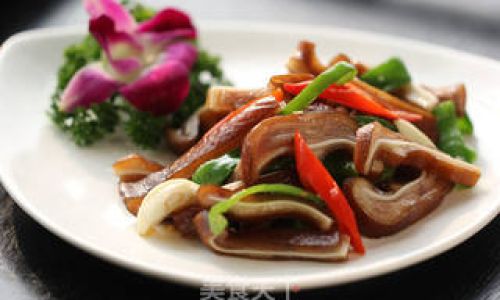
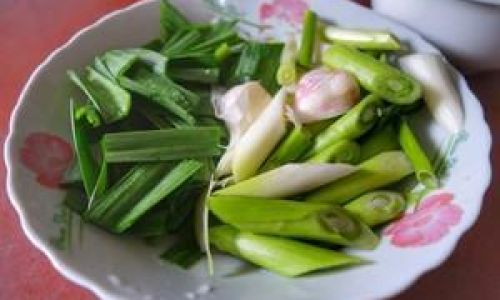
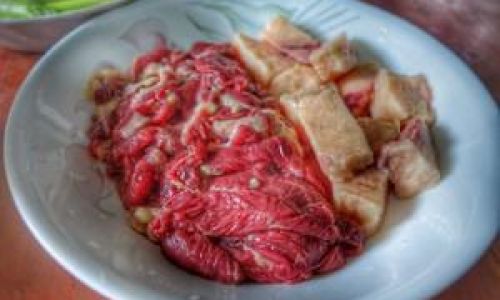

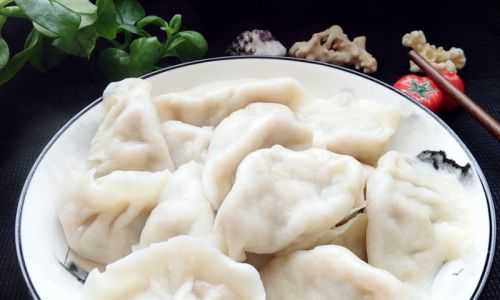
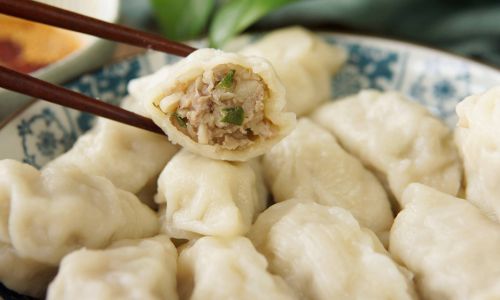
0 comments